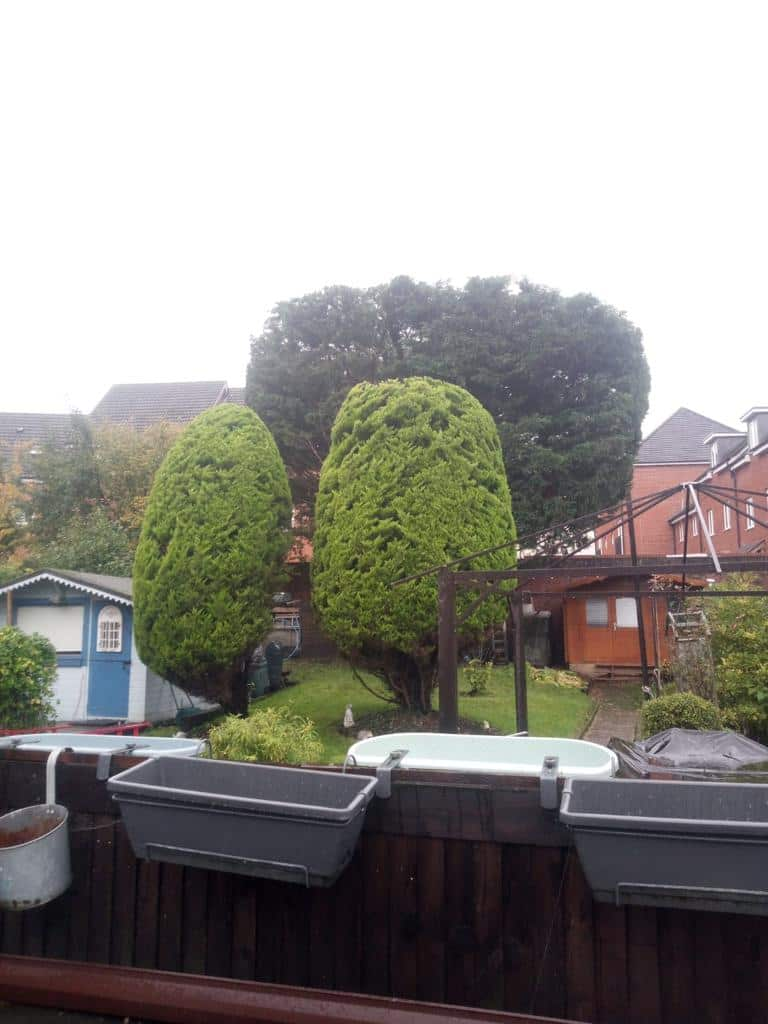Crown reduction is a key aspect of professional tree surgery that plays a significant role in enhancing the overall health of trees. This process involves reducing the size of a tree’s canopy by trimming back the outer branches and sometimes shortening the top. Not only does crown reduction improve the aesthetic appeal of the tree, but it also provides numerous benefits for the tree’s health, surrounding environment, and your property. One of the key benefits of crown reduction is its ability to improve air circulation and increase sunlight access, both of which are essential for a tree’s vitality and growth.
In this blog post, we’ll explore how crown reduction helps improve air circulation and sunlight access, and why these factors are crucial for the long-term health of your trees.
What Is Crown Reduction?
Definition and Purpose of Crown Reduction
Crown reduction is a tree pruning technique where the tree’s canopy is reduced in size. Unlike topping, which indiscriminately cuts off large portions of the tree, crown reduction involves careful pruning of branches to maintain the tree’s natural shape and structure. This process helps to remove excess weight from the tree, reduce the risk of breakage, and promote healthier growth.
Crown reduction is typically performed on mature trees that have grown too large for their environment or have developed dense, overcrowded canopies. The aim is to improve the tree’s form and allow more light and air to reach the remaining branches and surrounding areas.
How Crown Reduction Improves Air Circulation
Promoting Better Ventilation
When a tree’s canopy becomes too dense, airflow is restricted, which can lead to a range of problems, including poor tree health and an increased risk of fungal infections. Dense canopies trap moisture and create a humid environment that fosters the growth of mould and fungi. By reducing the crown, professional tree surgeons create space between the branches, allowing better airflow through the tree’s structure.
Improved air circulation reduces the chances of moisture build-up, which in turn decreases the likelihood of disease and pest infestations. Healthy air circulation also promotes the proper drying of wet branches, preventing rot and allowing the tree to breathe and carry out vital functions like transpiration and photosynthesis.
Reducing the Risk of Pests and Diseases
Trees with overcrowded canopies are more prone to pest infestations and diseases. Pests such as aphids, caterpillars, and beetles thrive in shaded, damp conditions, which are common in dense tree canopies. By opening up the canopy with crown reduction, tree surgeons make it harder for pests to thrive and spread throughout the tree. Additionally, improved airflow helps keep fungal spores at bay, reducing the risk of infections that could otherwise weaken the tree.
How Crown Reduction Improves Sunlight Access
Increasing Light Penetration
One of the main benefits of crown reduction is that it allows more sunlight to reach the inner branches and lower parts of the tree. Over time, the growth of leaves and branches in a dense canopy can block sunlight from penetrating to the tree’s interior. By reducing the size of the canopy, crown reduction enables light to reach deeper into the tree, encouraging photosynthesis and healthy growth throughout the entire structure.
Sunlight is essential for the tree’s ability to produce food via photosynthesis, and crown reduction ensures that all parts of the tree can benefit from this natural process. It helps the tree grow stronger and more resilient, as energy is distributed evenly across the branches and leaves.
Supporting Underlying Vegetation and Garden Plants
In addition to benefiting the tree itself, crown reduction can improve the health of plants and vegetation growing below the tree. Dense tree canopies block sunlight from reaching the ground, making it difficult for grass, flowers, and shrubs to thrive. By pruning the tree’s crown, sunlight can reach the soil, which supports the growth of the plants below. This can help maintain a healthy garden and landscaping around the tree, enhancing the overall appearance of your outdoor space.
Additional Benefits of Crown Reduction
Reducing Risk of Structural Damage
Crown reduction helps prevent the tree from becoming top-heavy, which can be a significant risk, particularly during storms or strong winds. By reducing the canopy size, the tree’s structure is balanced, making it less likely to suffer from limb breakage or structural damage. This not only protects the tree but also reduces the risk of damage to nearby property, such as fences, buildings, or vehicles.
Enhancing Aesthetic Appeal
A well-maintained tree with a properly reduced crown looks more attractive and in harmony with its surroundings. Crown reduction allows tree surgeons to maintain the natural shape of the tree, ensuring it looks visually appealing while keeping it manageable. This can significantly enhance the overall aesthetic of your garden or landscape, providing a well-balanced and healthy tree that contributes to the beauty of your property.
Conclusion
Crown reduction is a highly effective tree surgery technique that offers multiple benefits, including improved air circulation, better sunlight access, and overall tree health. By reducing the tree’s canopy size, professional tree surgeons ensure that the tree receives the light and airflow it needs to thrive, while also reducing the risk of disease, pests, and structural damage. Crown reduction is not only beneficial for the tree but also for the surrounding vegetation and the property, making it an essential part of tree care for homeowners in Hedge End, Hampshire.
If you’re looking for expert tree surgery services to improve the health and vitality of your trees, contact LM Tree Surgery in Hedge End. Our experienced team of professionals will ensure your trees are properly maintained, promoting better airflow, sunlight access, and overall tree health for years to come.
Call us on: 01489 359 998
Click here to find out more about LM Tree Surgery Hedge End
Click here to complete our contact form and see how we can help with your tree needs.

